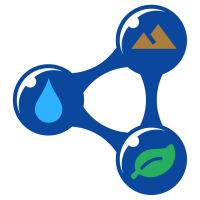Information engineering

Documentation, backgrounders and tutorial material related to information design, engineering, semantics, ontologies, and vocabularies
→ Standards and namespaces
→ Controlled vocabularies
→ Semantic Web Tools
→ Learning resources
Introduction to the semantic web stack
Web 1.0 - pages/browser Web 2.0 - forms, services, social Web 3.0 - linked data, semantic web, web-scale data linkages
Background of semantic web - tagging meets logic
tagging ~= metadata
flexibility and scalability persistent identifiers Entity-Attribute-Value model (traditionally considered an anti-pattern) - sacrifices performance for flexibility …
- performance comes with limitations, very use-case specific
Logic: RDF - URIs, statements, directed-labeled-graph (knowledge graph), type, reification RDFS - sub-class, sub-property, domain/range - property-centric constraints (‘global’) OWL - object vs datatype properties, annotation-, inverse-, functional-, symmetric-, transitive properties … disjoint, equivalent-class, -property, sameAs, union class, class-centric constraints (‘guarded’ or ‘restricted), SKOS - concepts(individuals) vs. classes; *match
t-box (~classes & properteis) vs a-box (individuals) ontologies All expressed in RDF i.e. mix schema & instance-level in same place
Processing: SPARQL - query Shapes - validation
Mappings - https://douroucouli.wordpress.com/2019/05/27/never-mind-the-logix-taming-the-semantic-anarchy-of-mappings-in-ontologie/